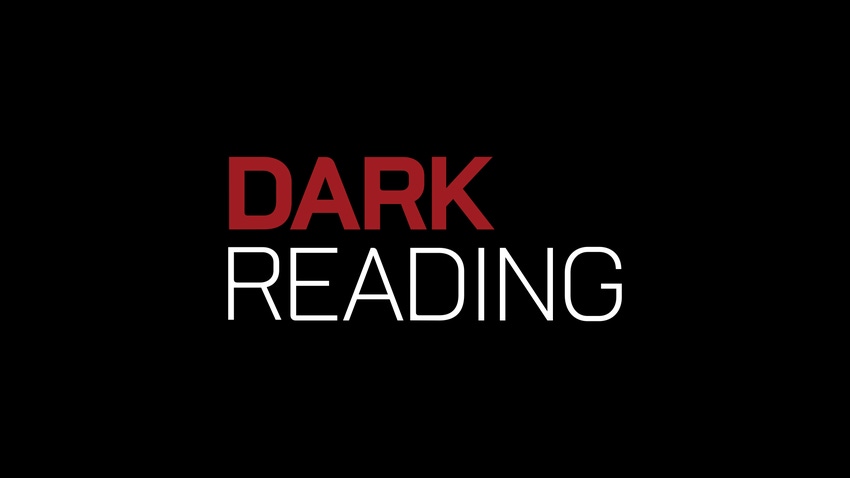Healthcare Firms Unite for Safety
The newly-formed eHealth Vulnerability Reporting Program brings together major healthcare companies in an effort to identify and eliminate security threats

Several leading healthcare companies joined yesterday to launch a new consortium that will help track and excise security vulnerabilities across the healthcare industry.
The eHealth Vulnerability Reporting Program (eHVRP), which includes healthcare heavyweights such as Hospital Corporation of America, CareGroup Health System, and BlueCross BlueShield of Massachusetts, will scope out security risks in electronic healthcare (eHealth) applications.
"The goal is to put procedures in place to identify and remediate vulnerabilities, so consumers feel confident about the confidentiality of their eHealth data," says Daniel Nutkis, one of the group’s founding board members.
The healthcare industry is automating many of its manual processes, such as insurance payments and maintenance of patient records, but these initiatives increase the risk of data losses or criminal attacks, officials observe. Federal regulations, such as Health Insurance Portability and Accountability Act (HIPAA), require implementation of security checks to protect patient information.
Yet, many healthcare companies find that intrusion detection systems and intrusion prevention systems are no longer enough, eHVRP members say. Recently, attackers’ attention has shifted away from breaking through enterprise network perimeters to gaining access at the application layer.
Many healthcare companies are moving toward electronic systems because they break down the barriers that traditionally existed among autonomous systems, according to the eHVRP. Use of eHealth technology among all healthcare providers and payment organizations is currently low (about one in five enterprises), but it is expected to mushroom to more than half of all healthcare providers in three years.
"Many of the vendors building eHealth applications have been in business for a short time, five to seven years, and therefore, the potential risks with their systems may not be completely known,” says eHVRP’s Nutkis.Because eHealth applications are often large, requiring millions of lines of code, the chances are good that vulnerabilities will be discovered, officials say. The wide variety of companies that use electronic information compounds the problem: “eHealth companies range in size from multi-billion corporations to one and two person clinics,” Nutkis says.
To head off these vulnerabilities, eHVRP is establishing a framework by which system developers, customers, and security companies communicate about vulnerabilities and the best methods to fix them. The idea is to provide security information to potential victims as quickly as possible, minimizing their risk.
While the group's goals are noteworthy, its services so far are more theoretical than practical. It has named a board of directors, which consists of CIOs, security managers, and business managers of major healthcare providers and insurers, and it has formed working groups that will focus on four areas:
Vulnerability Assessment -- recommending the methodology, measures, and tools to assess eHealth system vulnerabilities.
Vulnerability Reporting -- establishing the group’s reporting mechanisms, including frequency, formats, and content of information.
Communications -- developing the processes for communicating vulnerability information, including determining the identification of appropriate parties, timing, and roles.
Legal -- establishing the appropriate legal agreements, guidelines, and disclosures needed for the program.
The consortium is currently seeking members to fill out the working groups, which are expected to deliver their recommendations in about six months. The next step will be engaging with an organization such as the Open Group to take responsibility of the project and develop compliance routines, officials say.
After eHVRP completes that process, it plans to examine other areas where healthcare security vulnerabilities may lurk. "Medical devices will probably be the next area that we focus on," Nutkis says.
— Paul Korzeniowski, contributing writerDark Reading
Organizations mentioned in this story
Read more about:
2006About the Author(s)
You May Also Like
Is AI Identifying Threats to Your Network?
May 14, 2024Where and Why Threat Intelligence Makes Sense for Your Enterprise Security Strategy
May 15, 2024Safeguarding Political Campaigns: Defending Against Mass Phishing Attacks
May 16, 2024Why Effective Asset Management is Critical to Enterprise Cybersecurity
May 21, 2024Finding Your Way on the Path to Zero Trust
May 22, 2024
Black Hat USA - August 3-8 - Learn More
August 3, 2024Cybersecurity's Hottest New Technologies: What You Need To Know
March 21, 2024




